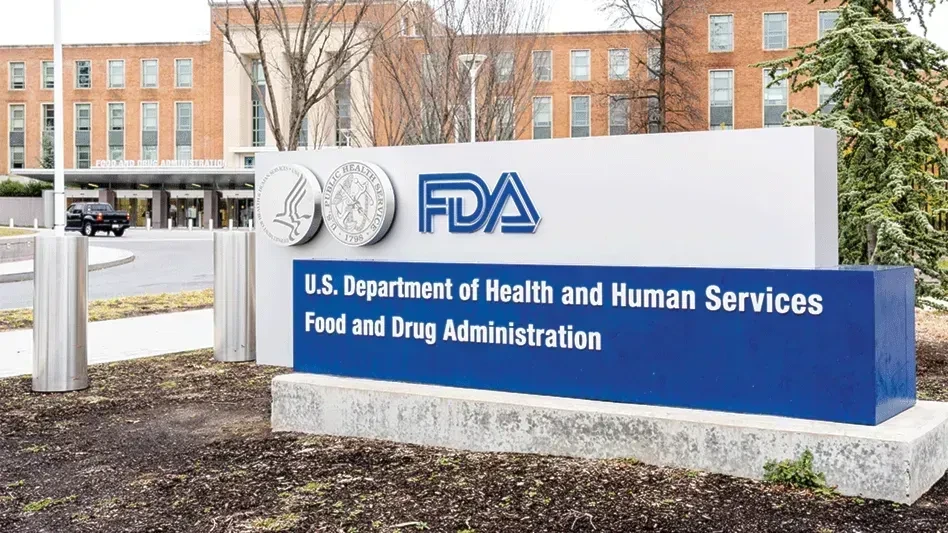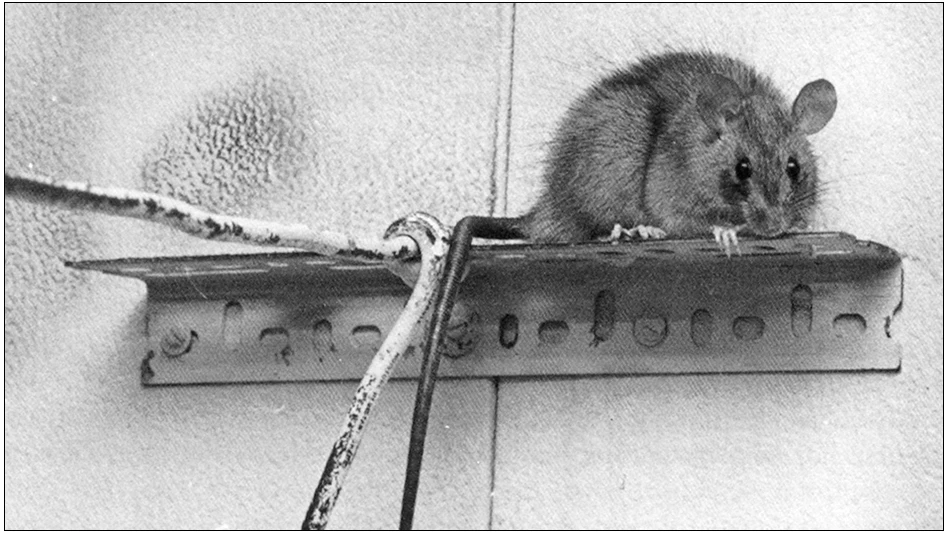 Protecting consumers from foodborne illness has become a global challenge. The increase in foodborne illness outbreaks raises food safety concerns. Many such outbreaks have been associated with the formation of biofilm by foodborne pathogens. In nature, most bacteria do not exist as suspended individual cells. Rather, they exist in a group (mass of bacterial cells) attached to a surface. A biofilm is a mass of microorganisms in which cells stick to each other on a surface. A biofilm can form over a period of time on food-contact surfaces that have not been properly cleaned and disinfected. Bacteria adhere to a solid surface and enclose themselves within a self-produced matrix of extracellular polysaccharide.
Protecting consumers from foodborne illness has become a global challenge. The increase in foodborne illness outbreaks raises food safety concerns. Many such outbreaks have been associated with the formation of biofilm by foodborne pathogens. In nature, most bacteria do not exist as suspended individual cells. Rather, they exist in a group (mass of bacterial cells) attached to a surface. A biofilm is a mass of microorganisms in which cells stick to each other on a surface. A biofilm can form over a period of time on food-contact surfaces that have not been properly cleaned and disinfected. Bacteria adhere to a solid surface and enclose themselves within a self-produced matrix of extracellular polysaccharide.
The biofilm is highly protective for the bacteria. In fact, it is an important survival strategy. Microorganisms within the biofilm are protected from external agents such as cleaning and sanitizing agents, antibiotics, etc. Both pathogenic and non-pathogenic bacteria are capable of forming a biofilm. The formation of biofilm in food processing environments is a special concern especially with pathogenic bacteria because their survival rate and chance to contaminate foods increase. Preventing and removing biofilms in food processing establishments is critical.
Biofilm Formation.
The formation of biofilms typically involves four steps (Figure 1, below):
- Initial attachment: It begins with the attachment of free-floating bacteria to a surface.
- Irreversible attachment: The biofilm grows through a process of cell division, and these cells stick to each other and to a surface with the aid of a self-produced matrix of extracellular polymeric substance (EPS). The EPS helps strengthen the bond between bacterial cells and the substratum. Over a period of time, these bonds are strengthened, making the attachment irreversible.
- Maturation: The biofilm develops into an organized, resistant structure which displays a multifold resistance to toxic chemicals and biocides.
- Dispersion: The biofilm is completely established and may change only in shape and size. Bacterial cells are released into the environment.
Factors Affecting Biofilm Formation.
Biofilm formation is a dynamic and complex process. The availability of moisture and nutrients, the pH level, the temperature of the contact surface, the presence of other bacteria, the type of surface, and other factors affect biofilm formation. Additionally, nutritional properties of the food matrix also affect biofilm formation and persistence.
Impact on THE Food Industry. Biofilm growth in food manufacturing establishments leads to opportunities for microbial contamination of the processed food affecting the safety of finished products. Biofilms exist on all types of surfaces in food plants, such as metal, concrete floors, walls, pipes, nylon materials, glass, rubber, steel, wood, plastic, etc. They also are found on some food products, including spinach, lettuce, sprouts, etc.
Biofilms can cause serious hygiene issues, and economic losses due to cross contamination. In general, the sporadic colony counts observed on swab samples taken from environmental and food-contact surfaces indicate the presence of a biofilm. Although any bacterial species are capable of forming biofilms in food manufacturing establishments, the most important species in relation to food safety are Listeria monocytogenes, Salmonella spp., pathogenic Escherichia coli, Campylobacter jejuni, Pseudomonas spp., etc. Some bacteria (e.g., Pseudomonas spp., Listeria spp., Salmonella spp.) have the ability to form multi-species biofilm, which are more stable and resistant to sanitizing agents.

Controlling Biofilm Formation.
The cleaning process. This is the first and most important control strategy to avoid biofilm formation in a food manufacturing establishment. Product residues (spills/debris) in the facility promote bacterial proliferation and subsequent biofilm formation. Hence, regular removal of food residues is a key to preventing biofilm formation. The main purpose of the cleaning agents (e.g., surfactants, alkali products) is to break up or dissolve the polysaccharide matrix associated with the biofilms so that the disinfectants (e.g., chlorine, hydrogen peroxide, iodine, etc.) can gain access to the bacterial cells hidden inside the biofilm.
Chemical methods. A wide range of chemical disinfectants is available and can be broadly divided into three groups:
- Oxidizing agents (chlorine-based compounds, hydrogen peroxide, ozone, etc.).
- Surface-active compounds (including quaternary ammonium compounds and acid anionic compounds).
- Iodophores.
The efficacy of these is influenced by pH, temperature of the contact surface, concentrations of cleaning and sanitizing agents, contact time, etc. Disinfectants are less effective around food residues.
Physical methods. Physical methods, such as ionizing radiation, atmospheric plasma inactivation, ultrasound, electric fields, etc., have been developed and studied as alternatives for chemical disinfectants used in the food industries. These techniques appear to be effective against biofilms and on microorganisms. However, the applicability of these techniques should be examined with consideration of their cost and regulatory aspects.
Established Biofilm.
Once established, biofilms are very hardy communities that require considerable time and effort to eliminate. Facility and equipment should be hygienically designed so bacteria cannot find harborage sites that protect them from cleaning and disinfection. Additionally, the removal of biofilms is greatly affected by the application of mechanical force, such as brushing and scrubbing, to the surface during cleaning.
Past research has clearly demonstrated that the best result is achieved using hurdle technology. Hurdle technology usually works by combining two or more different treatment methods. For example, the combination of sodium hypochlorite (NaClO) with UV irradiation, NaClO with hydrogen peroxide (H2O2), and ultrasound with enzyme had better results than a single treatment. This is one of the promising new approaches in controlling biofilms in the food industry.
It is important for a food manufacturing facility to develop custom cleaning and disinfection procedures that take into consideration their target pathogens, economic costs, and regulatory aspects. Also, it is vital to identify the biofilm-prone sites on a facility map and monitor the microbial load in these sites.
The author is Director, Microbiology, AIB International.
Latest from Quality Assurance & Food Safety
- Sprague Pest Solutions Shares How Digital Tools Can Help Food Facilities Fight Pests
- Mississippi Poultry Flock Tests Positive for H7N9 in First Outbreak Since 2017
- Bird Flu Not Detected in Interim Results from Aged Raw Milk Cheese Research
- FDA Intends to Extend Compliance Date for Food Traceability Rule
- HHS, FDA Announce Chemical Contaminants Transparency Tool for Foods
- HHS, FDA Announce Operation Stork Speed to Expand Options for Infant Formula
- Bio-Rad Launches XP-Design Assay Salmonella Serotyping Solution for Food Safety Testing
- RFK Directs FDA to Explore Elimination of GRAS Rule ‘Loophole’ for Food Ingredients





